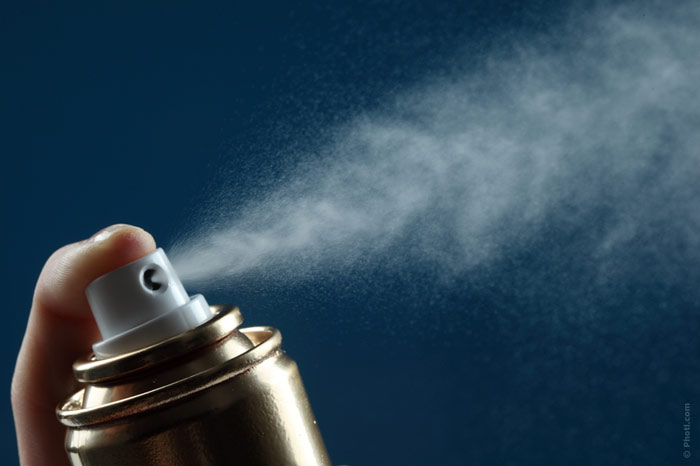As a rule, the greatest concern is caused by the presence of aluminum in the deodorant. Unfortunately, this is not the only danger that is concealed in the modern means of protection against sweat.

Even formally “safe” deodorants may contain a plurality of toxic chemicals, such as aluminum chlorohydrate, parabens, propylene glycol, triclosan, and others. These ingredients make us think about whether it is necessary to use such deodorants. A lot of researches have been conducted to solve this problem, but, unfortunately, many of them give absolutely conflicting results.
To find out what causes the real danger for our body and what does not, let us take a closer look at 7 most dangerous ingredients.
What should not be present in a safe deodorant?
1. Aluminum
Aluminum-containing compounds are the most active ingredients of antiperspirants. They block the sweat glands and do not allow perspiration to escape the surface of the skin. Researchers suggest that aluminum compounds are quickly absorbed into the skin and cause changes in estrogen receptors of breast cells. Since estrogen promotes the growth of cancerous and noncancerous breast cells, the researchers think that the use of deodorants based on aluminum may be one of the risk factors for breast cancer. But no direct relationship between the use of aluminum-containing skin protection means and cancer has been identified yet.
2. Parabens
In their various forms, parabens (methylparaben, propylparaben, ethylparaben or butylparaben) are a class of artificial preservatives. They are widely used in cosmetic products; however, they have attracted the attention of experts due to their possible link with the occurrence of breast cancer. Parabens imitate the activity of estrogen in the human body. Therefore, the risk of cancer is 8 times higher in the people who use paraben-containing cosmetics. In support of parabens, scientists say that they are a hundred times weaker in their properties than the estrogens that are produced by natural means.
3. Propylene glycol
Propylene glycol is a humectant, which was originally designed as an antifreeze, but is now included in some deodorants and antiperspirants. It is a neurotoxin that can cause contact dermatitis, kidney and liver damage. In the safety data sheet of propylene glycol, published by the National Institute of Occupational Health and Safety, it is strongly recommended to avoid skin contact with this substance, as it may cause eye and skin irritation, problems with the gastrointestinal tract, headache, disturbance of the central nervous system. It should not be confused with butylene glycol, which is a relatively safe ingredient used in cosmetics.
4. Amines
TEA and DEA (diethanolamine and triethanolamine) regulate the level of PH and are used with many fatty acids to convert acid into salt, which then becomes the basis for a detergent. Both of these elements can be toxic if accumulated in the body for a long period of time. They cause liver and kidney damage and can cause allergic reactions. The use of these substances in Europe has already been restricted. This is due to their carcinogenic properties.
5. Triclosan
Triclosan is an artificial antimicrobial chemical that is used to kill bacteria on the skin. Triclosan causes skin irritation as well as contributes to the emergence of contact dermatitis. Recent studies show that the chemical substance can cause thyroid dysfunction, as well as failure to the hormonal system of the body. The American Medical Association does not recommend triclosan and other antibacterial substances for home use because they can contribute to bacterial resistance to antibiotics.
6. Colorants
FD and C colorants are synthetic dyes which are permitted by the FDA for use in food, pharmaceutical and cosmetic industries. But it is necessary to know that some of the coal tar derivatives are recognized as carcinogens and can cause allergic reactions.
7. Talc
Aqueous silicate, or talc, is a soft mineral that is used in personal care products as an absorbent. International Agency for Research on Cancer classifies it as a human carcinogen only when it contains asbestos fibers. Quantitative talc fiber content in cosmetic products is not regulated. And if talc is listed in the composition of ingredients on the packaging, the consumer cannot get to know whether it contains asbestos fibers or not.










